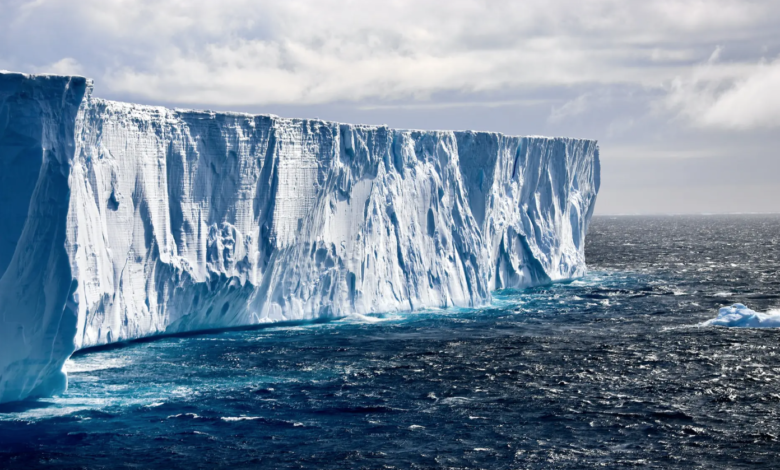Melting glaciers in Antarctica, could be 15% more consistent than expected
The study on the role of melting water appeared in Science Advances
(sustainabilityenvironment.com) – The models that climate science uses to simulate melting glaciers in Antarctica do not consider the role of melting water flowing between the ice mass and the rock to which it is anchored. So far, studies have argued that its contribution is negligible. And these assumptions are also the basis of the forecasts made by the IPCC in its latest reports.
But they are assumptions that could be wrong, warns a new study of the University of California – San Diego recently published in Science Advances. In the worst emissive scenario, the melting of the Antarctic glaciers would be significantly accelerated by melting water. That could increase the expected rise in sea level by up to 15%.
However, this is still a hypothesis. California researchers have verified that the role of melting water is essential for only two glaciers in the eastern portion of Antarctica, Denman and Scott. Together, if they melt entirely, they could make the seas rise 1.5 meters. To quantify the actual contribution of glacial discharge, the authors of the study added this factor to predictive models up to 2300 and tested them for different emissive scenarios.
read also Melting of the ice sheet in the Western Antarctic is “inevitable
In a high emission scenario, corresponding to the SSP5-8.5 of the IPCC, which does not assume any new climate policy beyond the current and assumes that CO2 emissions will increase by 20% by 2100, the model has found that the subglacial discharge can increase the contribution of the raising of the level of the sea of these glaciers of 15.7%, from 19 to 22 millimeters within 2300. Melting water, in fact, leaves a gap between the shell and the underlying rock that favors the entry of seawater, warmer, which in turn contributes to accelerating the melting of the part of the glacier anchored to the mainland.
However, it remains to be seen whether the dynamics also apply to the other glaciers of Antarctica or whether they concern only a few. “I think this study is a wake-up call for the community of predictors. It shows that it is not possible to accurately model these systems without taking this process into account,” said Jamin Greenbaum, co-author of the study.






